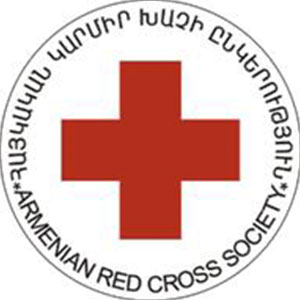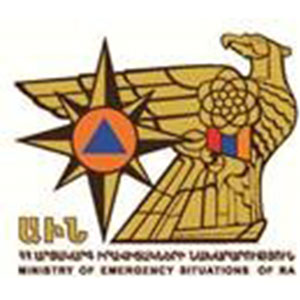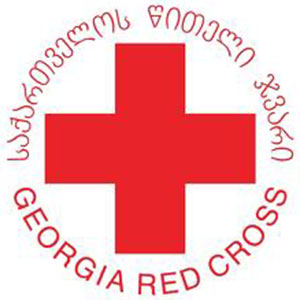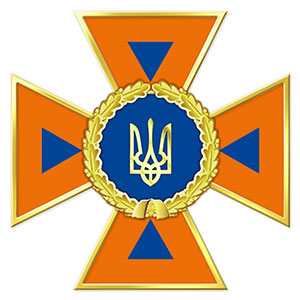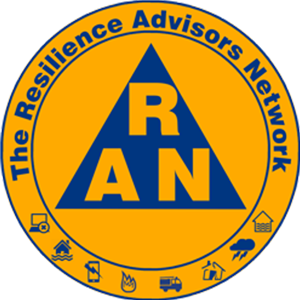Main Activities:
The activities of StrenghtVOL are organized in three blocks of consecutive work packages which should lead to the final objective of the project; develop joint action plans how the piloted country models can be rolled out and scaled up countrywide.
1 - RESEARCH
In all 3 countries several initiatives and projects have been established to set up and strengthen volunteer teams for emergency/disaster response together with the national Red Cross societies and/or the respective authorities. This task should focus on collecting and documenting the different approaches, experiences, successes and failures for each country.
This process should also include international examples for integrating volunteers into CP systems on a larger scale. Therefore, an International State of the Art Analysis should be carried out by the Resilient Advisers Network as desktop study.
After finalization of research process, a country level workshop should be organized in each country to present and verify the first findings of the international and national researches and to identify and verify guiding principles for the next steps, e.g. elaboration of volunteer development plans and cooperation models. A research exchange international workshop should be then organized in order to share the findings between partners and strengthen the links between civil protection authorities and national red cross society of the three different countries involved.
Following the national and international workshops the final findings should be compiled in a final summary report called guiding principles covering aspects of the three countries and all national information should be included in three specific Research reports.
2 - DEVELOPING COOPERATION MODELS AND SIGNING AGREEMENTS (currently on-going - to be finalized by 31/03/2021)
To implement the planned cooperation of RC volunteer teams with the operational units of the respective national Civil Protection Authority cooperation model for each country should be developed, that includes, defines or regulates a wide range of aspects, including the following:
- Description of roles and responsibilities for RC and CPA (incl. provision of paid staff, premises, equipment; maintenance of vehicles, equipment and buildings; training of staff and volunteers, insurance of volunteers…)
- Command and control structure both during deployments and in times of training and preparation. This applies for small teams in remote areas and for large units in large scale deployments.
- Standard Operational Procedures (SOP) for several aspects e.g. management structures, cooperation, deployment, communication, chain of command, alert, dispatch and demobilization of units
- Reporting system and simple database for e.g. deployments, personnel/volunteers, needs assessments in medium to larger scale disasters
After finalization of the documents, cooperation agreements need to be signed between the two entities in each country, as well with local communities involved into the project.
For each country a volunteer development plans should also be elaborated along with the cooperation model in order to define the volunteers frame of work, roles and responsibilities.
All along the process the partners should advocate with governments for legal frameworks for volunteers responding in support of governmental units to disasters need an adequate legal framework covering a variety of aspects, as insurance issues (e.g. health and accidents, liability), lost earnings, potential release by employer for volunteering, potential incentives, etc.
PILOTING & EVALUATION (to be started in December 2020)
New Red Cross volunteers should be recruited in the vicinity of the new fire & rescue stations in Georgia and Armenia according to the Terms of Reference (ToR) developed within the Volunteer Development Plan or volunteers of existing URCS Emergency Response Teams (ERT) should be assigned to the new security centers.
In Armenia in the 16 surrounding villages of the 2 stations 5 volunteers should be recruited in each community (total: 80 persons).
In Georgia it should be 20 volunteers for each of the 2 stations (total: 40 persons), in Ukraine 15 volunteers for each of the 2 ERTs (total: 30 persons).
In Armenia and Georgia, volunteers should be provided with uniforms/personal protective equipment (e.g. helmet, boots, gloves, jacket, pants, first aid kits) to make sure they can easily be identified as rescue personnel and are well protected from injuries and bad weather and can furthermore ensure visibility for the action during the project duration and beyond.
All volunteers recruited and/or assigned to the new stations/centers will participate in a series of trainings to acquire or refresh skills and knowledge specified in the ToR at the beginning of the pilot phase.
The CP authorities (CPA) together with the local authorities should set up new stations for fire and rescue services in Armenia (Mets Parni and Dsegh; Lori province) and Georgia (Akhalthikhe and Borjomi; Samthkhe-Javakheti region). In Ukraine new security centers on Hromada level should be established (Chernivtsi and Ivano-Frankivsk regions), where URCS should base an existing volunteer Emergency Response Team at each of the two centers along with voluntary firefighters (managed by SESU) and a police unit.
In Armenia and Georgia, the premises for the stations should be provided and/or adapted by the municipalities or EMS in Georgia. The CPAs should base older fire trucks including equipment (replaced in urban centers by new trucks) along with paid staff as drivers on duty at each of the stations.
Depending on the type of emergency the volunteer-based teams can either be alerted and dispatched (by the CPA dispatch centers of the) alone or together with on-duty fire and rescue units from the urban centers. Due to the remoteness of the areas the volunteer teams will usually be the first ones to respond until other units arrive. They can also be called to support other units in case of large emergencies.
When not activated for response activities, the teams will be able to engage in awareness raising and preparedness activities in schools (e.g. for evacuation exercises) and for the general public (e.g. first aid trainings or demonstrations, street events to promote household safety measures).
Towards the end of the pilot phase a 1-day simulation exercise will be organized for all pilot teams in each country to test and demonstrate their skills and capacities acquired.
The evaluation of the pilot phase will be carried out by the Resilience Advisors Network (RAN). For this purpose, a review of the pilots will be carried out, to monitor the status quo and to identify any necessary adaptations of the setup.
The overall purpose of the pilot phase is to develop joint action plans, how the piloted country models can be rolled out and scaled up countrywide, which should be introduced in a final project’s conference in January 2022.
© Copyright 2020. All Rights Reserved.




